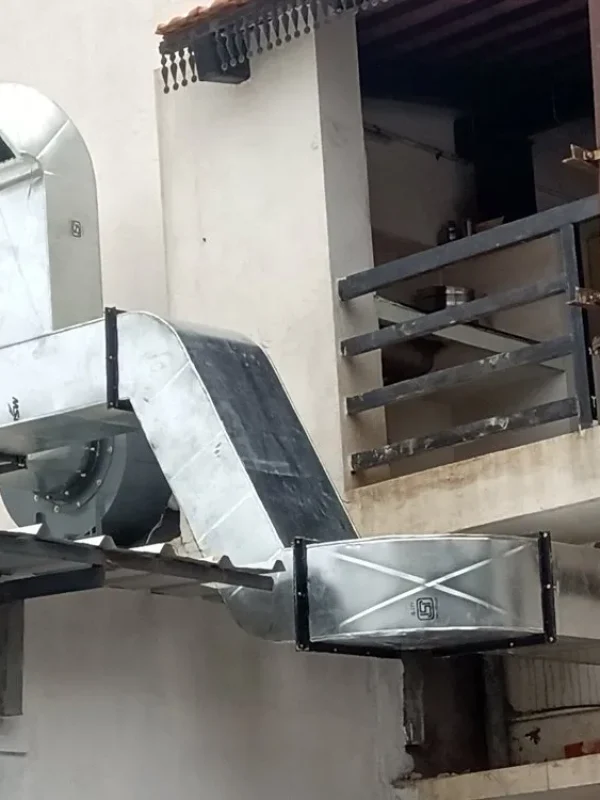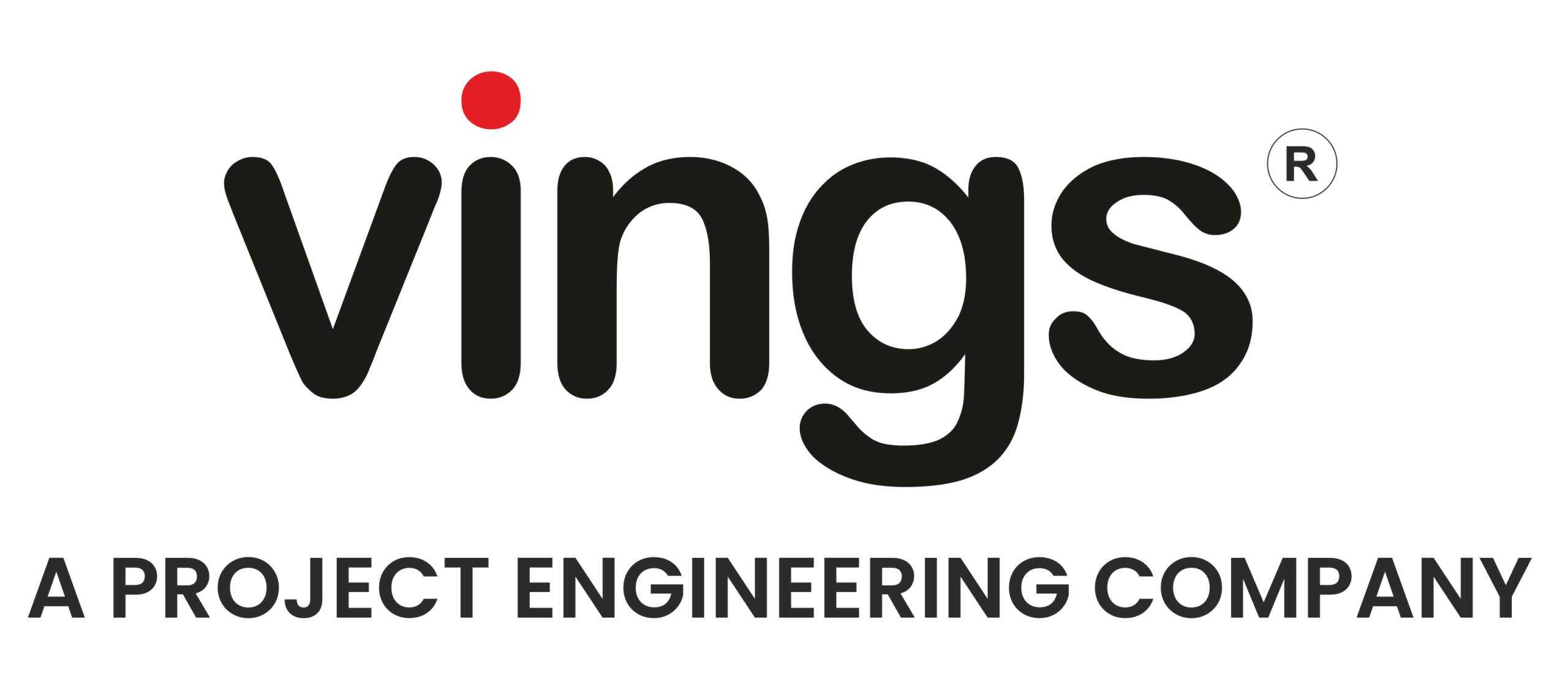Exhaust Systems
Optimized Airflow and Enhanced Indoor Comfort
Innovation Creativity Ambition
Welcome to Ving's India
VING'S INDIA
Excellence in Exhaust Systems
Upgrade the comfort and health of your indoor spaces with Vings India state-of-the-art Exhaust systems. Our advanced solutions are engineered to enhance air circulation, regulate temperature, and improve indoor air quality, ensuring your environment remains fresh, safe, and energy-efficient. Whether you’re embarking on a new construction project or upgrading an existing facility, our Exhaust systems offer the ideal balance of performance, sustainability, and design to meet your needs.
At Vings India, we are dedicated to providing innovative Exhaust solutions that blend cutting-edge technology with practical functionality. Our systems are designed to deliver superior air quality and energy efficiency, ensuring a healthier and more comfortable environment. Explore our range of advanced Exhaust products to find the perfect solution for your building’s needs.
Turbo Vent: Breathe Easy with Cutting-Edge Ventilation
Meet the Turbo Vent—our revolutionary ventilation system that sets new standards in air circulation. Engineered for peak performance, Turbo Vent ensures that your indoor spaces are consistently filled with fresh, clean air while keeping energy costs in check. With rapid air exchange, intelligent operation, and high-performance filtration, it provides a top-notch solution for modern ventilation needs.
Key Advantages :-
- Rapid Air Exchange: Swiftly replaces stale indoor air with fresh outdoor air to maintain a healthy environment.
- Energy Smart: Incorporates advanced energy-saving features to lower utility bills and reduce carbon footprint.
- Cleaner Air: High-performance filtration captures pollutants, allergens, and dust for cleaner air.

We are Manufacturer, Consultant, Designer & Wholesaler, Supplier
SERVICES
We are Manufacturer and suppliers of a wide array of Hotels, Restaurants, Canteen, Commercial Kitchens, Showrooms, Industries, etc Kitchen Equipments, Exhaust System, Evaporative Evaporative Air Cooling Systems, Ventilation System, All Types Of Ducting, Insulations, And Ceilings.

